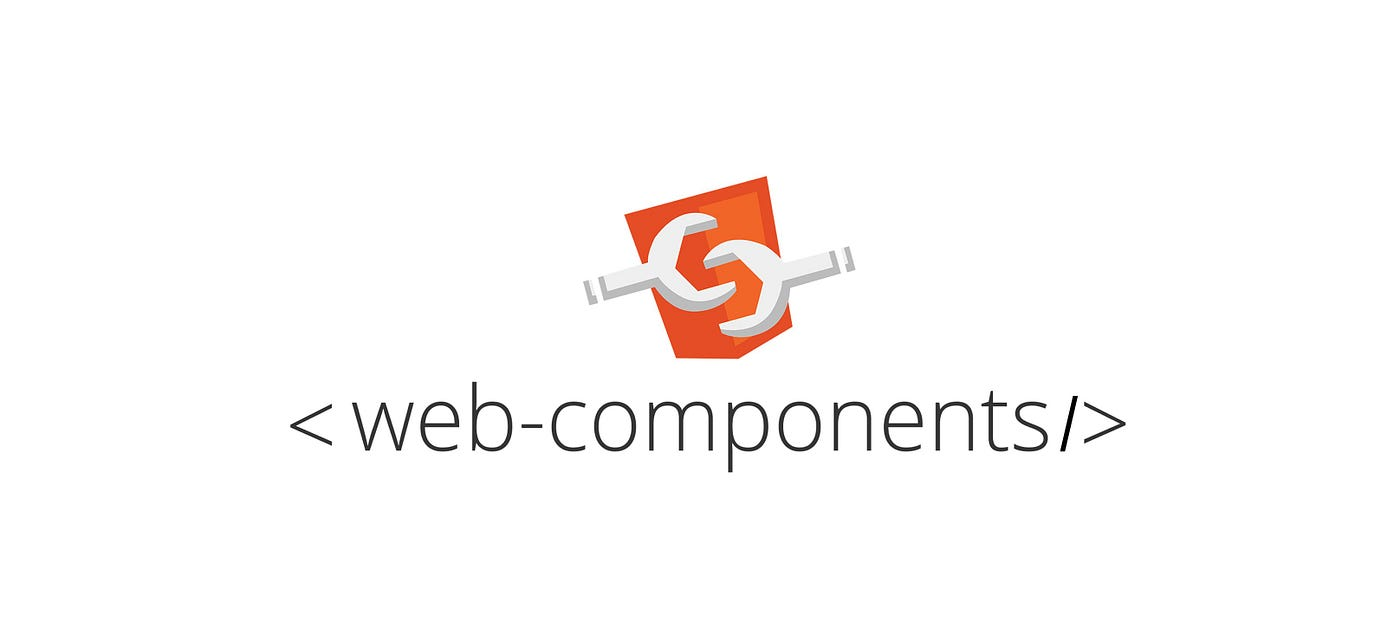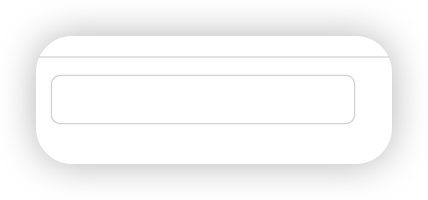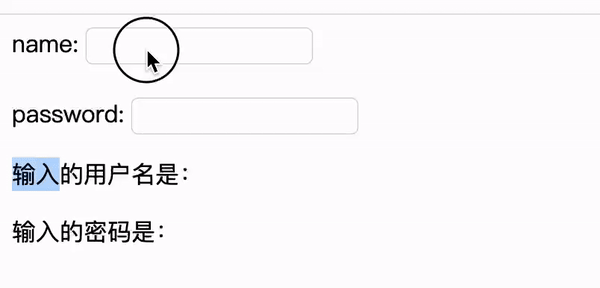前言
前一段时间公司的 web forms 项目中有几个页面需要修改,老项目大家都懂的,原生 html、jquery 一把梭,组件化、模块化是没有的,改起来有多难受谁改谁知道。为了自己的开发体验及后续考虑,上手了自己以前没用过的 web components,这篇文章就来聊一下个人的使用体验和看法。
Web Components 基础
MDN 对于 Web Components 的定义:
Web 组件是一套不同的技术,允许您创建可重复使用的自定义元素(其功能与您的其余代码隔离开来)并在您的 Web 应用程序中使用它们。
他的简单使用:
<!DOCTYPE html><html lang="en"> <head> <meta charset="UTF-8" /> <meta name="viewport" content="width=device-width, initial-scale=1.0" /> <title>Document</title> </head> <body> <script> { // 可复用的模板 const template = window.document.createElement("template");
// 内部的 style 选择器只会选择自定义元素内的元素 template.innerHTML = ` <style> input { padding: 4px 6px; outline: none; border: none; box-shadow: 0px 0px 1px rgba(0, 0, 0, 0.6); border-radius: 4px; } </style>
<input type="text" /> `;
// 自定义元素 class WInput extends HTMLElement { // 定义需要观察的属性集 static observedAttributes = ["color", "size"];
// 实例被构造时调用,比如通过 document.createElement 或书写标签 constructor() { super();
// 将影子 DOM 附加到自定义元素 this.root = this.attachShadow({ mode: "open" }); // 将模板拷贝到影子 DOM this.root.appendChild(template.content.cloneNode(true)); }
// 被添加到文档时调用 connectedCallback() {}
// 从文档中删除时调用 disconnectedCallback() {}
// 移动到新文档时调用 adoptedCallback() {}
// observedAttributes 属性集中属性值变化时调用 attributeChangedCallback(name, oldValue, newValue) { console.log(`Attribute ${name} has changed.`); } }
// 定义元素 window.customElements.define("w-input", WInput); } </script>
<w-input></w-input> </body></html>
复制代码
渲染出来的效果:
关于 Web Components 的完整知识可以看 MDN 官网文档 Web_Components,这里不再赘述。
使用体验
老项目表单居多,所以基于 Web Components 封装了常用的表单组件,如 Input、Select、AutoComponent 等,带来的好处显而易见,不说兼容性、微前端项目中作为可通用的组件这些不常见的场景,最能直观感受的好处就是可复用、样式统一,只需要封装一次可以多处使用,且具有高内聚的特性,新的功能、修复 bug 可以在组件内部解决。
但同时还需要看到他的局限性,理解他与 UI 框架的区别,Web Components 与 React、Vue 这类框架不同,他只提供了组织结构的一种方式,没有 UI 框架的数据驱动、响应式等概念,仍需要编写命令式代码来操作 DOM,这也是开发 Web Components 体验较为不好的一点。
使用 knockoutjs 可以一定程度上减少手动操作 DOM 的代码。
Knockout 是一个 JavaScript 库,可帮助您使用干净的底层数据模型创建丰富、响应迅速的显示和编辑器用户界面。只要您的 UI 部分需要动态更新(例如,根据用户的操作或外部数据源的更改而更改),KO 都可以帮助您更简单、更易于维护地实现它。
使用 Knockout 实现一个简单的例子:
<!doctype html><html lang="en"> <head> <meta charset="UTF-8" /> <meta name="viewport" content="width=device-width, initial-scale=1.0" /> <title>Document</title> </head> <body> <script src="https://cdnjs.cloudflare.com/ajax/libs/knockout/3.5.1/knockout-latest.js"></script> <script> { const template = window.document.createElement('template');
template.innerHTML = ` <style> input { padding: 4px 6px; outline: none; border: none; box-shadow: 0px 0px 1px rgba(0, 0, 0, 0.6); border-radius: 4px; } </style>
<input class="w-input" type="text" /> `;
class WInput extends HTMLElement { static observedAttributes = ['color', 'size'];
constructor() { super();
this.root = this.attachShadow({ mode: 'open' }); this.root.appendChild(template.content.cloneNode(true));
// 侦听输入 this.input = this.root.querySelector('.w-input'); this.input.addEventListener('input', this.onInput); }
// 暴露 value 属性供 Knockout 访问 get value() { return this.input.value; }
set value(v) { this.input.value = v; }
onInput = () => { // 派发 change 事件供 Knockout 访问 this.dispatchEvent(new InputEvent('change')); };
connectedCallback() {}
// 从文档中删除时调用 disconnectedCallback() { this.input.removeEventListener('change', this.onInput); }
adoptedCallback() {}
attributeChangedCallback(name, oldValue, newValue) { console.log(`Attribute ${name} has changed.`); } }
// 定义元素 window.customElements.define('w-input', WInput); } </script>
<div> <!-- 绑定 username --> <label> name: <w-input data-bind="value: username"></w-input> </label> <br /> <br />
<!-- 绑定 password --> <label> password: <w-input data-bind="value: password"></w-input> </label> </div>
<p>输入的用户名是: <span data-bind="text: username"></span></p> <p>输入的密码是: <span data-bind="text: password"></span></p>
<script> // 声明 model const model = { username: ko.observable(''), password: ko.observable('') };
// 执行绑定 ko.applyBindings(model); </script> </body></html>
复制代码
得到的效果如下:
对 Knockout 感兴趣的可以自行去官网查看。
除了需要大量的 DOM 操作导致的开发体验差外,个人认为还有一点体验不好的就是过于封闭,组件化开发遵守开闭原则诚然是好的,但对于 css 而言有点太过了,我们知道在 React、Vue 项目开发时经常会需要修改组件库内部的样式,一般通过 css 选择器选择内部元素来覆盖默认样式,但对于影子 DOM 中的元素来说无效:
<!doctype html><html lang="en"> <head> <meta charset="UTF-8" /> <meta name="viewport" content="width=device-width, initial-scale=1.0" /> <title>Document</title> </head>
<!-- 修改内部 input 的 color --> <style> input { color: red; }
.w-input input { color: red; }
w-input input { color: red; }
w-input { color: red; }
.w-input { color: red; } </style>
<body> <script> { const template = window.document.createElement('template');
template.innerHTML = ` <style> input { padding: 4px 6px; outline: none; border: none; box-shadow: 0px 0px 1px rgba(0, 0, 0, 0.6); border-radius: 4px; } </style>
<input class="w-input" type="text" /> `;
class WInput extends HTMLElement { static observedAttributes = ['color', 'size'];
constructor() { super();
this.root = this.attachShadow({ mode: 'open' }); this.root.appendChild(template.content.cloneNode(true)); }
connectedCallback() {}
disconnectedCallback() { this.input.removeEventListener('change', this.onInput); }
adoptedCallback() {}
attributeChangedCallback(name, oldValue, newValue) { console.log(`Attribute ${name} has changed.`); } } window.customElements.define('w-input', WInput); } </script>
<w-input class="w-input" style="color: red;"></w-input> </body></html>
复制代码
可以看到没有效果,只能通过暴露接口如 color、border 属性来修改,如果自定义元素没有暴露对应的接口,那我们是无法通过外部的 css 来修改内部组件的样式的。
--end












评论